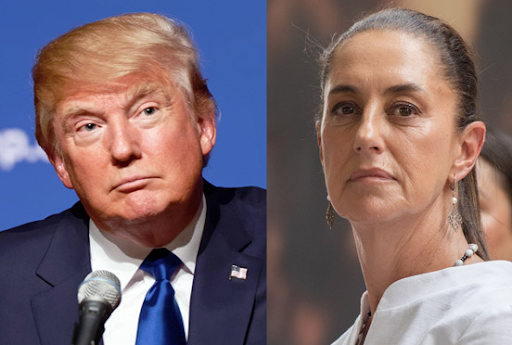A fiery new debate has erupted after U.S. President Donald Trump jokingly referred to Canada as the 51st U.S. state and renamed the “Gulf of Mexico” the “Gulf of America.” In response, Mexican President Claudia Sheinbaum fired back, calling the U.S. “Mexican America” and pointing to historical maps showing former Mexican territories now part of the United States.
While the remarks stirred diplomatic tension, they also reignited a provocative idea: deeper integration—or even unification—between the United States and Mexico. Supporters of the concept argue that such a partnership could solve major issues ranging from border security and immigration to manufacturing and energy independence.
Proponents envision an integrated nation, informally dubbed “Amexica,” that would merge the U.S.’s technological and financial power with Mexico’s labor force, resources, and cultural richness. They argue that such a merger could:
- Curb illegal immigration and drug trafficking through unified law enforcement.
- Boost employment by localizing manufacturing and reducing dependence on China.
- Create energy independence through shared natural resources.
- Bridge social and cultural divides as the U.S. grows increasingly bilingual.
Critics, however, warn of the profound economic, political, and diplomatic upheaval such a move would bring. Pay structures, governance, and legal systems would need massive realignment, while the U.S.’s withdrawal from global organizations like the UN and NATO could shift global power toward Russia and China.
Still, analysts suggest that economic necessity might eventually drive closer cooperation. A “confederation model” or an “unincorporated territory” status—similar to Puerto Rico’s relationship with the U.S.—has been floated as a more realistic starting point.
Despite the political theatrics, the idea of a U.S.-Mexico integration underscores a deeper reality: both nations are more intertwined than ever through trade, labor, and culture—and future leaders may yet turn rivalry into partnership.

